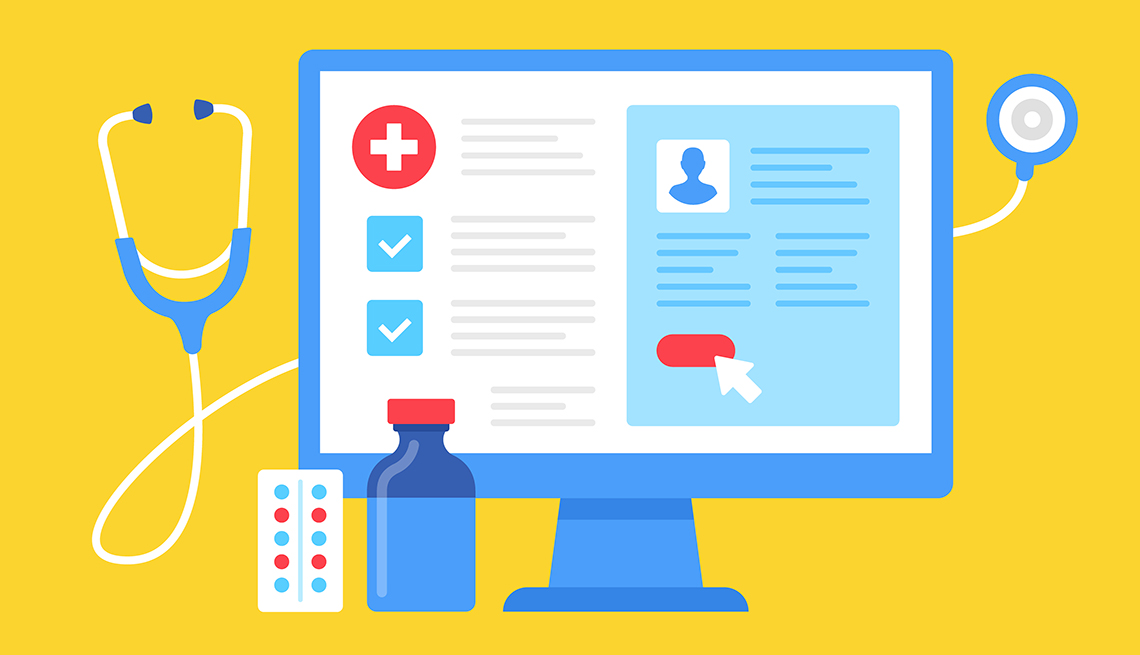What to know before logging into the patient portal
- Select a language for the TTS:
- UK English Female
- UK English Male
- US English Female
- US English Male
- Australian Female
- Australian Male
- Language selected: (auto detect) - EN

Play all audios:

Gone are the days when physicians carted around big binders stuffed with messy, handwritten notes from clinic to clinic. Most everything is electronic these days — and not just for health
care providers. With one click of a button, patients can log into a portal and view their medical records or message their doctor directly. These online platforms are becoming increasingly
popular among older adults. A 2023 report from the University of Michigan’s National Poll on Healthy Aging, supported by AARP, found that more than 3 in 4 adults ages 50 to 80 (78 percent)
have used a patient portal, up from 51 percent in a poll taken five years ago. Nearly half of those with a patient portal have used more than one. PATIENT PORTAL PROS Patient portals come
with many pros. For instance, they can help patients stay engaged in their health care, the authors on the University of Michigan poll note. And keeping patients in the loop when it comes to
their health “is important for patient safety,” says Andrea Bradford, a clinical psychologist at Baylor College of Medicine who specializes in health services delivery. A study published in
2022 in the _Journal of Medical Internet Research_ found several benefits of portal use for patients with chronic health conditions. Medication adherence improved, for example, and patients
were more likely to use recommended care services. WHAT ARE THE DOWNSIDES? But there are a few cons as well, one being when patients see test results before their doctor has a chance to
review them. An estimated 80 percent of patient portal users between ages 50 and 80 rely on the portal for accessing their test results, the National Poll on Healthy Aging found. One click
on the automatic email letting you know your results are in, and “patients may misinterpret the test results and either become unnecessarily worried, or think that results are normal when in
fact they are not,” says Dean Sittig, who specializes in patient safety and electronic medical records at the D. Bradley McWilliams School of Biomedical Informatics at UTHealth Houston.
That’s what happened to David Pearlman, a retired educator from Cooperstown, New York. After a prostate procedure in June, Pearlman logged into his portal and saw that his PSA, a test that
can detect prostate cancer, was much higher than in previous years. “I did not hear back from my doctor until later in the day and was quite worried while I waited,” recalls Pearlman, whose
PSA levels have since dropped. In a 2017 study, about 37 percent of patients who viewed their test results on a patient portal reported feeling concerned, confused, anxious, scared or
frustrated.